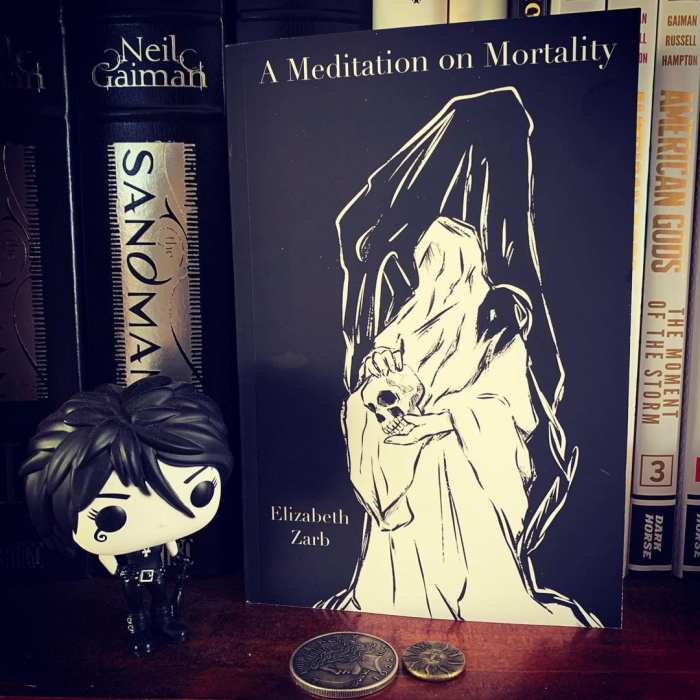The ambassadors a meditation on mortality – Hans Holbein the Younger’s “The Ambassadors” is a captivating and enigmatic masterpiece that invites viewers to contemplate the profound themes of mortality, transience, and the pursuit of knowledge. This painting, created in 1533, transcends its time and continues to resonate with audiences today, offering a timeless meditation on the human condition.
Through its intricate symbolism and masterful execution, “The Ambassadors” explores the paradoxical nature of existence, where life’s beauty and fragility are juxtaposed. The painting’s central figures, two ambassadors, are surrounded by objects that symbolize both worldly knowledge and the inevitability of death, inviting viewers to reflect on the transience of human life and the enduring power of art.
Introduction to Holbein’s “The Ambassadors”

Hans Holbein the Younger’s “The Ambassadors” (1533) is a captivating oil painting renowned for its meticulous realism, symbolic depth, and philosophical reflections on mortality and the pursuit of knowledge. Set against a backdrop of scientific instruments and musical objects, the painting depicts two wealthy diplomats, Jean de Dinteville and Georges de Selve, alongside a puzzling, elongated skull.
Hidden Symbolism and Allegory

Beneath its seemingly straightforward portraiture, “The Ambassadors” conceals a wealth of hidden symbols and allegorical meanings. The skull, positioned prominently in the foreground, serves as a stark reminder of mortality, reminding viewers of the transience of life. The musical instruments, including a lute and a viol, represent the ephemeral nature of earthly pleasures, while the mathematical tools symbolize the pursuit of knowledge and understanding.
Techniques and Artistic Style

Holbein’s mastery of realism is evident in the exquisite detail and precise rendering of the subjects and objects. The painting employs linear perspective, with the figures arranged in a shallow space, creating a sense of depth and realism. The use of contrasting colors and meticulous attention to light and shadow enhance the painting’s visual impact.
Influence and Legacy
“The Ambassadors” has had a profound influence on subsequent art and culture. Its symbolism and themes have been referenced in numerous works of art, literature, and film. The painting’s enigmatic nature has inspired interpretations and re-interpretations over the centuries, solidifying its status as a masterpiece of the Renaissance.
Cultural and Historical Context: The Ambassadors A Meditation On Mortality

Created during the height of the Renaissance, “The Ambassadors” reflects the intellectual and cultural currents of the time. The painting’s emphasis on humanism, science, and religion showcases the complex interplay of ideas during this transformative period in European history.
Visual Analysis and Description
The painting depicts two men, Jean de Dinteville (left) and Georges de Selve (right), standing in a chamber filled with symbolic objects. Dinteville holds a terrestrial globe, while Selve rests his hand on a book of hymns. A lute, a viol, and a mathematical quadrant lie on the table between them.
In the foreground, an elongated skull dominates the composition.
Commonly Asked Questions
What is the significance of the skull in “The Ambassadors”?
The skull, hidden in plain sight, is a powerful symbol of mortality, reminding viewers of the transience of life and the inevitability of death.
How does Holbein use perspective in “The Ambassadors”?
Holbein employs a complex system of perspective to create an illusion of depth and draw the viewer into the painting’s enigmatic world.
What is the symbolism of the musical instruments in “The Ambassadors”?
The musical instruments represent the harmony and order of the universe, contrasting with the skull’s reminder of mortality.